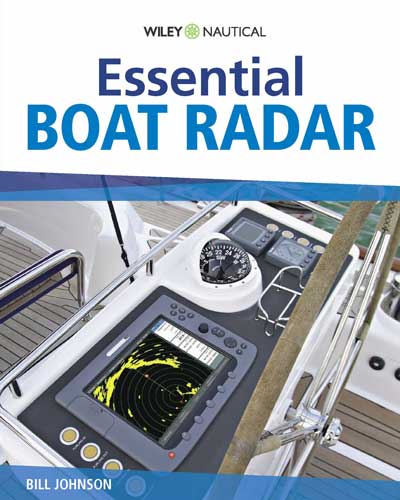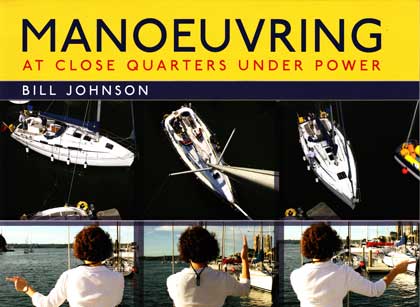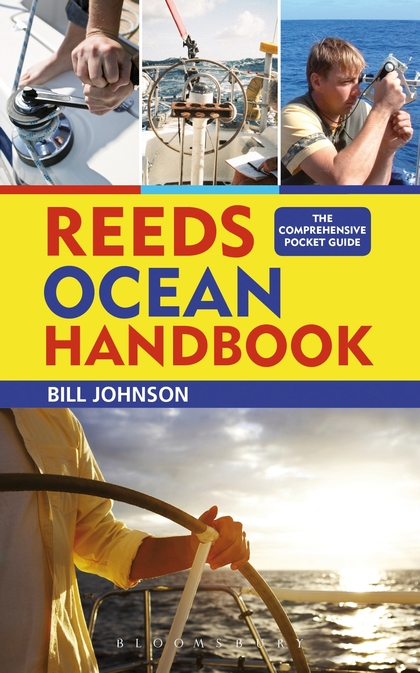Welcome to the Aztec Sailing Website
An on-line text book for Navigation and Seamanship Theory,
for Sailing Yacht Skippers
and other seafarers.
The idea is to provide material that is clearly explained.
Too often, books and sailing courses present material in a confusing way, using difficult terminology (frequently because the author/instructor doesn't understand it properly themselves). This website aims to undo that, and get rid of the mystery - anyone should be able to understand this stuff if it's properly explained.
If you can't understand the material, you are welcome to contact me for a one-to-one explanation, to point out errors, or to suggest better ways of explaining it.
In addition the website describes and promotes four published books by Bill Johnson:
on Radar, Yacht Manoeuvring, Yacht Crewing and Ocean Sailing.
Theory for Skippers
Navigation and Seamanship Theory, to Day Skipper and Coastal Skipper / Yachtmaster ® level.
'Theory' is the stuff that is easier to learn on dry land, quietly and at your own speed, before you start to use the knowledge on a boat. The topics are:
• Navigation
• Tides
• Charts
• Navigational Aids
• Rules of the Road (Collision Regulations)
• Weather
For each topic there are facts you have to know, and concepts you need to understand, before you can successfully learn the practical aspects of what you do as a skipper on a boat.
At the end there is a glossary/index and questions so you can test your knowledge.
How Does The Theory Fit Into The RYA Training Scheme?
The material here covers the whole content of the RYA Shorebased Courses:
• Day Skipper Shorebased
• Coastal Skipper and Yachtmaster ® Offshore Shorebased
You can use it as a text-book to support you on the courses.
Alternatively you can use this material to study on your own, if you don't wish to attend the Shorebased courses.
Either way, this is the knowledge you will need to possess before you go on the practical courses for skippers: Day Skipper or Coastal Skipper.
This website does not, however, offer any RYA course or qualification. It is simply an 'on-line text book' with support if you need it.
Books by Bill Johnson
The following books are available from mainstream nautical publishers:
Essential Boat Radar
Radar is an incredibly useful tool - but unlike a chart plotter, a radar picture is not obvious.
You really need to know what the radar is showing you - and what it can't 'see' - in order to be able to interpret the picture.
One of the main uses of radar is Collision Avoidance in low visibility. But did you know that different Colreg rules apply when vessels are not in sight of one another? To use radar safely you need to understand:
• the techniques for tracking other targets
• what to do if there is a collision risk.
For more information on the book, and about radar, look here. You can buy the book from Fernhurst Books or from Amazon.
Manoeuvring at Close Quarters under Power
Manoeuvring a large, expensive yacht in close proximity to other boats and hard objects can be extremely daunting - particularly for inexperienced skippers.
This book first explains how the yacht behaves under power - what controls you have and what they do, and how the wind and tide will affect the yacht during a manoeuvre.
It then goes through a variety of manoeuvring situations - berthing and mooring - in different conditions of wind and tide, and in each case explains the techniques and approaches you can use.
For more information in the book, and for 'Five Golden Rules for Manoeuvring', look here. You can buy the book from Adlard Coles Nautical or from Amazon.
Reeds Crew Handbook
This book is intended to make all crew, particularly the most inexperienced, more confident and useful on a sailing yacht.
Starting with the basics (How does the loo work? Where do you sleep?) it goes through everything that you need to know, and everything the crew has to do - sailing, steering, berthing, mooring and on passage.
It's an informative introduction for people who have never been on a yacht before: and a useful aide memoir for more experienced crew. To judge by some of the readers' reviews, people have found this very helpful.
For more information on the book see here. You can buy the book from Adlard Coles Nautical or from Amazon.
Reeds Ocean Handbook
At the other end of the 'experience scale', this book is for skippers who aspire to sail the oceans of the world.
The book closely follows the contents of the RYA's Yachtmaster Ocean shorebased course, and covers world climate, route planning, ocean navigation including astro. There are chapters with practical advice on yacht preparation for long-distance sailing, heavy weather and storm tactics, communication, ocean passage-making and risks/emergencies.
The Astro Navigation chapter has a unique step-by-step guide, using the sight reduction table in The Nautical Almanac. Download the book's Astro Navigation form here.
For more information on the book see here. You can buy the book from Adlard Coles Nautical or from Amazon.



